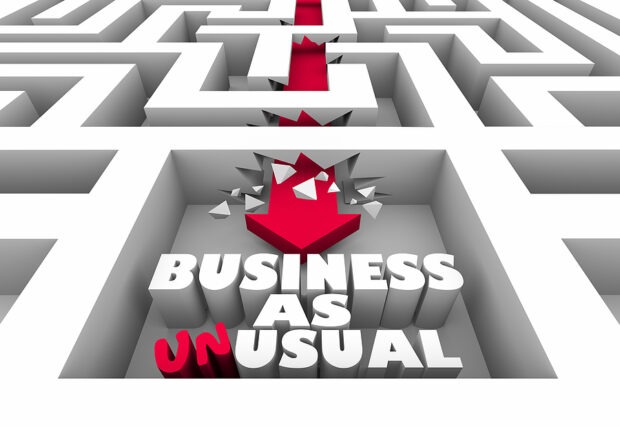The success of a core systems implementation is only as strong as an organization’s ability to adapt to it—all while maintaining business as usual (BAU). Being proactive and flexible helps drive the successful adoption and usage of an impactful digital transformation.
Executive Summary
Implementing a new core insurance system can be overwhelming for property/ casualty carriers, especially as their day-to-day business tasks remain a top priority, writes Tammy Tatro, an organizational change management consultant of Blackcomb Consultants. Here, she offers a guide to successfully navigating change with tips beyond hiring a consultant to help with the effort. Among them is the idea of focusing on outcomes of the proposed technology at the start, rather than just focusing on a core system's features; paying attention to internal stakeholders' needs as well as external customer experiences; and communicating throughout the process so everyone can understand and commit to the change.As organizations begin to embark on implementing new core systems, it is imperative that the overall organizational structure adapts to the technological needs of the new applications and business processes. For organizations preparing to adopt a new system, it is critical to first identify the processes, tools and techniques that will help combat complexities and lead to successful outcomes for both internal and external stakeholders. This organizational change will help prepare P/C insurers to evolve and fit the needs of their new technology and business practices.
Benefits of Core Systems for Organizations
Oftentimes, a core system is an all-encompassing software that organizations can utilize to replace legacy systems that are becoming obsolete or detrimental for the growth of their company. Modern core systems are typically cloud-based and more intuitive to the user, providing positive experiences for all stakeholders. Every business project is an instrument of change; organizations know that change is necessary, but they often need a third party to reinforce that change and understand their wants and needs throughout the process.
























